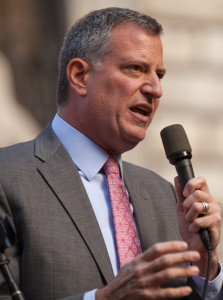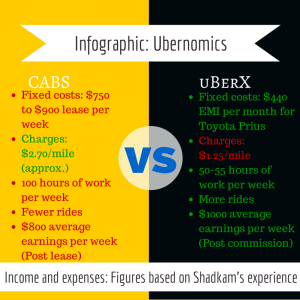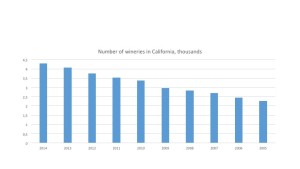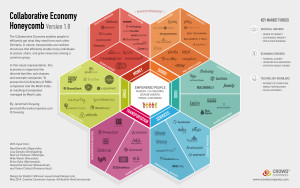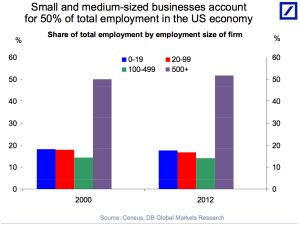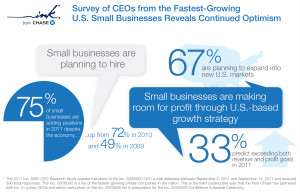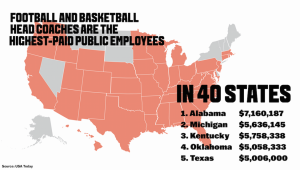By Alexa Ritacco
“Income inequality” is a phrase that has been popping up all over the place lately. Personally, I’ve been hearing it pretty frequently in the current race for the White House. It has been brought up in multiple debates, democratic and republican, and it’s clearly something that the public is concerned about. Of course by just looking at the two words, the average person could probably guess what it means. There’s something unequal about incomes in the U.S. Despite having heard the phrase so many times, I still don’t quite understand what it is, what it means, why it exists or how/if it can be fixed. So I decided to begin to delve into these questions for this week’s blog post.
So first and foremost, why has it become such a hot topic? Well, as I discovered, it all dates back to the 1970s. Around then is when, after decades of stability, income inequality began to increase significantly, meaning that higher income households began receiving a higher share of the nation’s total income. The gap between the rich and everyone else has grown steadily by every statistical measure over the past 30 years or so. And just to clarify, income encompasses revenue from wages, salaries, interest on a savings account, dividends from shares of stock, rent, and profits from selling something for more than you paid for it.
30+ years of rapid growth equates to a whole lot of inequality, especially when you compare the US to other countries. Currently the US ranks around the 30th percentile in global income inequality. This is pretty bad. 70% of countries around the world have a more equal income distribution than the United States. I personally find this shocking.
Of course The Great Recession of 2007-2009 had negative impacts all across the board, with everyone from the richest man to the poorest man taking a huge hit from the crash. The increases in income inequality most definitely slowed, but post-2009, things began to increase at an even faster rate. As the effects of the recession reversed, the gap only grew wider. In 2012, the wealthiest percentile saw incomes rise around 20%, while the income of the remaining 99% rose only 1%.
People are frustrated. People are angry. People want to know why this is happening and how it can be stopped. So naturally, it has become a partisan issue. Democrats tend to believe that action can be taken to slow this growth and potentially redistribute some of the wealth of the 1% among the other 99%. Republicans tend to be more skeptical, arguing that redistribution would interrupt the natural flow of the economy. But in a recent effort to connect with more middle class voters, republicans have taken a more vest interest in the income inequality gap. This, as well as more about the democrat views on the issue, is something I plan to explore more in my personal presentation, so stay tuned!
https://www.cbo.gov/publication/49440
http://inequality.org/income-inequality/





